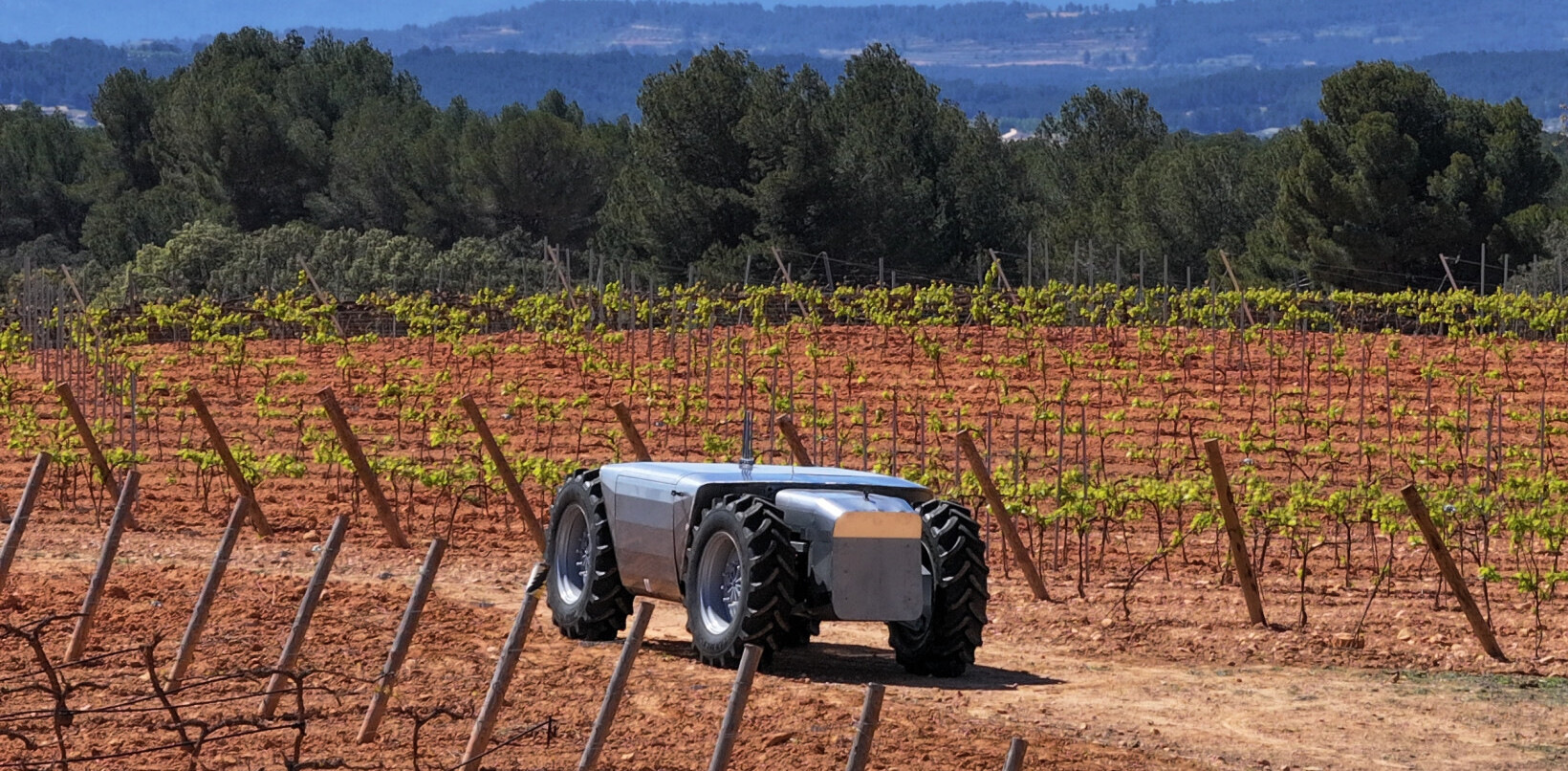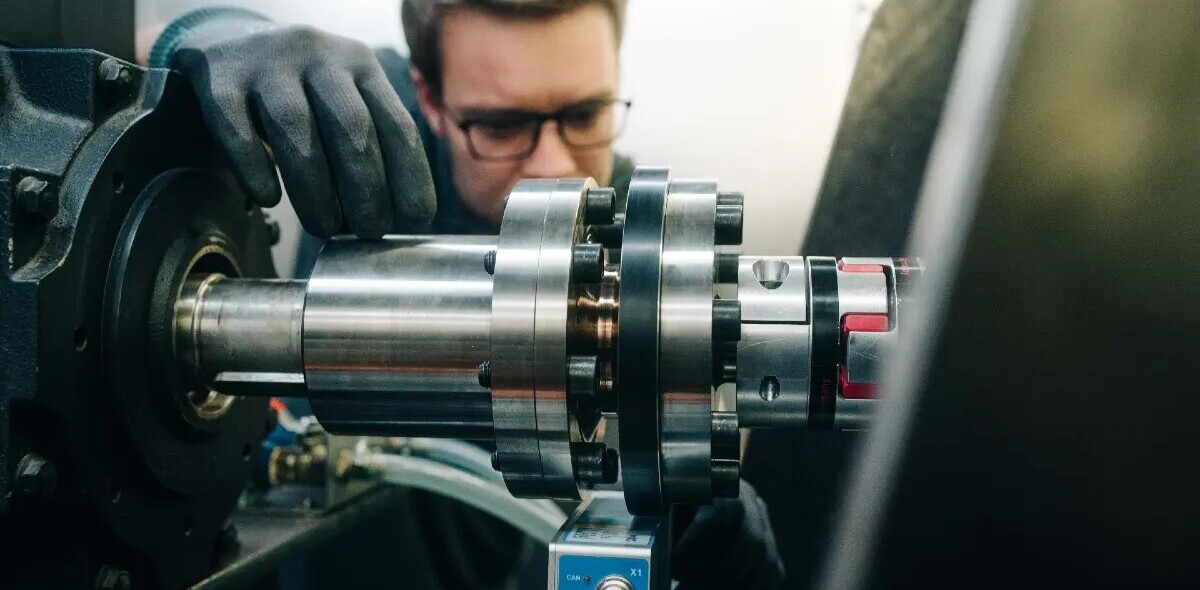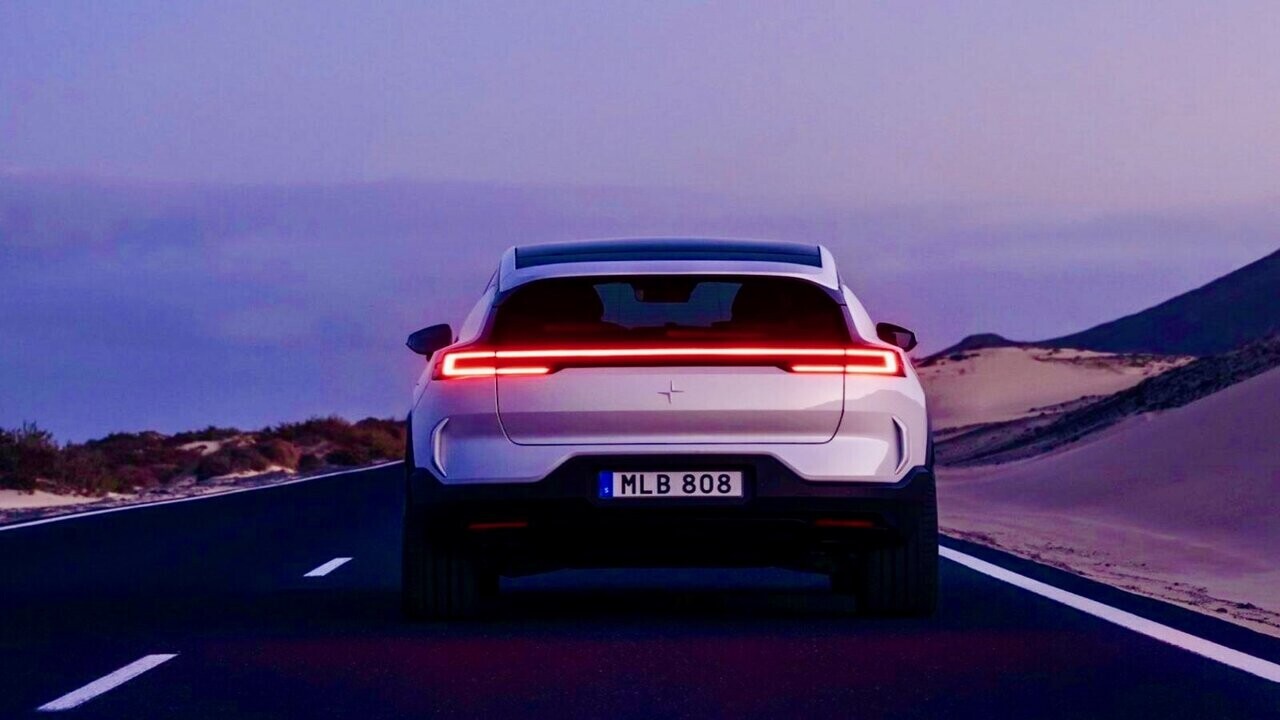
The conventional SUV is an environmental offender. Research in 2019 found that the vehicles were the second largest cause of the global rise in carbon dioxide emissions over the past decade — eclipsing even behemoths like aviation and trucks. But Polestar aims to redeem the category, launching their third vehicle: Polestar 3. This is the company’s very first SUV — and it’s all-electric, as well as underpinned by some serious sustainability cred. I attended the launch last week and got an up-close look at it.
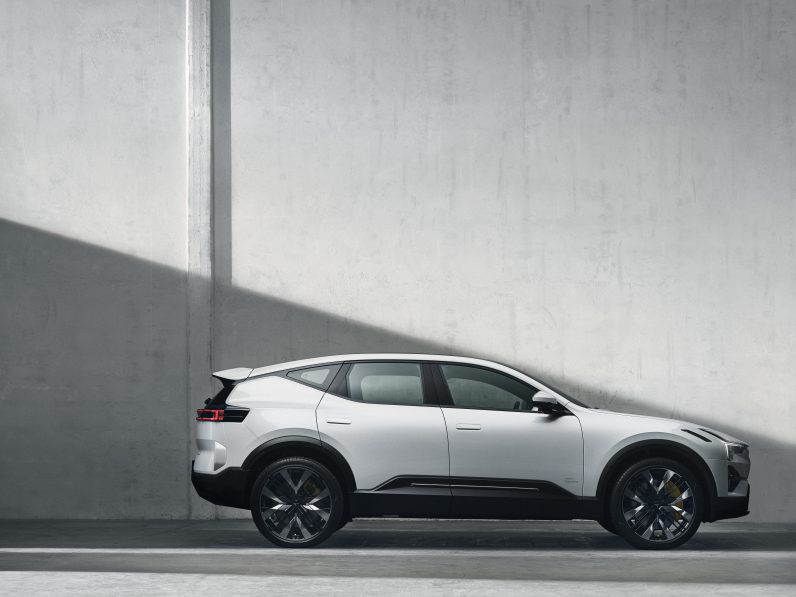
Sorry, but SUVs are popular
First, let’s address the elephant in the room. It’s an uncomfortable truth for environmentalists, but SUV sales are increasing. In 2021, SUV sales accounted for approximately 48% of the passenger car market in China. Also, in Europe, car buyers are shifting from hatchbacks and sedans to SUVs, representing 45.5% of the cars purchased in 2021. Of course, the US is the king of this market, with the vehicles accounting for 52.3% of sales.
The reasons for this are varied. Car usage increased during the pandemic as an alternative to public transport. Car companies are also going all-in on higher-spend luxury vehicles to recoup the losses incurred during the delays caused by the silicon chip shortage.
Or, simply put, people like SUVs. As Polestar CEO Thomas Ingenlath told us, “You can get in and out easily, you get great visuals from the higher seating, and you feel cool.” So in response, Polestar is on a mission to create what they call “The SUV for the electric age.” And it’s taking SUV lovers along for the ride toward a greener kind of vehicle.
The Polestar brand launched in 2017 and is co-owned by Volvo Cars Group and Geely Holding. Beyond the obvious merits of an electric vehicle, the company is aiming even higher, planning to build the Polestar 0 — a climate-neutral car with zero carbon footprint —by 2030.
This is is a major task that extends far beyond electrification, and the Polestar 3 lays the groundwork. For example, aerodynamic efficiency increases through the front and rear aero wings to reduce drag. And, of course, the greater the aerodynamic efficiency, the greater the EV’s range.
Materials transparency and keeping score
The interior upholstery of the Polestar 3 is stamped with text that will display the vehicle’s life-cycle assessment of carbon emissions once production begins — part of Polestar’s commitment to transparency. These CO₂ values will reduce year by year, the company says. Customers I spoke to at the launch liked this feature.
Polestar was the first car to announce the use of blockchain to trace cobalt in its batteries. Head of Sustainability Frederika Klarén told us that this also extends to nickel and lithium sourcing.
The company is also going all in on recycling materials and circular design, and has a goal of closed-loop circularity. In other words, it wants to reuse car parts to make car parts. But there’s room for improvement. For example, according to Head of Design, Maximilian Missoni, while cars can be picked apart, this is not always being done in the case of materials like aluminum.
Although let’s be clear, this car is no green martyr. It’s a good-looking vehicle that would catch the eye of any SUV owner. As one Polestar owner told me, “you can’t guilt someone into buying a €90,000 car.”

The upholstery is available in vegan “microtech” (a material developed from certified renewable vinyl and recycled polyester textile) and animal welfare-certified yarn (from sheep slaughtered for food). You can upgrade to low-carbon leather by Bridge and Weir if you must.
Raising the environmental standards of suppliers (such as their use of renewable energy) is significant to sustainability, with a flow-on effect across industries. Smaller manufacturers can test their products in a demanding supply chain.
As Klarén notes, “sustainability is bigger than Polestar,” stating that all OEMs are working on their climate goals, including calling for their competitors to have higher standards.
Polestar 3 is not just for greenies
For all that, I’m under no illusions that green credentials are people’s primary concern when buying a car. First and foremost, it has to drive well. The Polestar 3 brings some decent Level 2 ADAS (Advanced Driver Assistance System) technology like Corner Traction Control and Trailer Stability Assist. These will likely grow through OTA updates, but there’s nothing right now that places it as a significant front runner in driver tech.
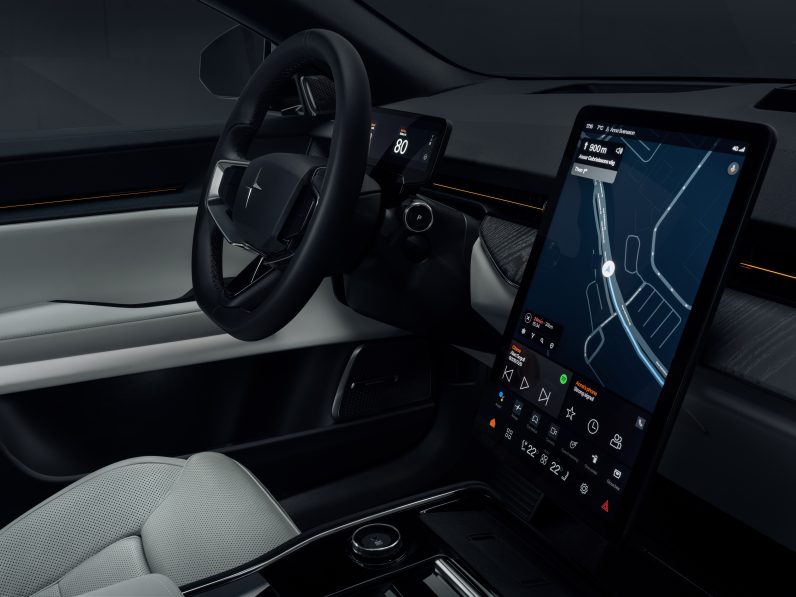
The car lacks a wrap-around dashboard of, say, a BMW, with a simple center display reminding me more of a Tesla. However, a Bowers & Wilkins Audio system includes a whopping 25 speakers for surround sound. There was even talk of remastering a Kraftwerk song for the sound system.
Luxury vs. convenience
The rub with luxury SUVs is around how their owners actually use their cars versus. how they think they do. This is particularly important when we discuss batteries.

The Polestar 3’s has a 111kWh capacity with a range of 610km. But the value-add of a large battery is questionable if you consider that most people don’t drive their SUVs for hours at a time.
Comparatively, the 2022 Tesla Model Y long-range has a 74kWh battery and a range of 531km. And the Mercedes-Benz EQE SUV (unveiled on Sunday in Paris) has a 550km range with a 90.6kWh battery.
Personally, I’d like Polestar to invest more in increased range in a smaller battery. The bigger the battery, the greater the carbon impact of manufacturing.
Further, while the Tesla Y and EQE SUV can carry up to seven people, the Polestar is limited to five, somewhat diluting the purpose of a large car.
And, while Polestar is already working on the next three cars in this range, it has no plans to transition from the luxury market to smaller, more energy-efficient vehicles. This is disappointing as most people don’t need big cars for their daily commuting. On top of this, Polestar (and its partners and suppliers) are undoubtedly stockpiling some mighty R&D in terms of sustainability that could be used to set standards for all vehicles and drive future innovation — if the price point is right. It’s getting closer, but the brand still has a long way to go to a carbon-zero vehicle.
What will the price point mean for rebates and incentivization?
At present, the Polestar 3’s $84,000 (€89,900) starting price makes it ineligible for US federal EV tax credits under the amended Inflation Reduction Act which is limited to electric SUVs priced up to $80k. So there’s no price drop there.
It’s also unclear whether drivers will be eligible for charging benefits such as the free 30-minute charging offered by Electrify America customers for Polestar 2 owners.
However, workplace rebates may prove more successful in the UK and Europe. I spoke to several Polestar 2 owners who purchased an EV under workplace schemes. One company had signed up 80 people in two weeks — so there’s potential for traction in regions where such schemes are prolific.
But outside of that, Polestar has placed itself firmly in the luxury market. This limits purchasing to high-income earners or those eligible for attractive loans, salary sacrificing, or other workplace schemes.
But how will innovation at the top trickle down to the cheaper vehicle market? What percentage of buyers will be those transitioning from ICEs? What do luxury electric SUVs mean for the future of the road (and parking)? Currently, these questions remain unanswered.
The Polestar 3 will begin production in mid-2023 at the Volvo facility in Chengdu, with first deliveries expected in Q4 of 2023 in Europe and the US. From mid-2024, manufacturing will also occur at the Volvo facility in Ridgeville, South Carolina.
So there you have it. An all-electric luxury SUV for people who like big cars and have money to spend. It won’t change the impact of car dependency. But it might inspire luxury car owners to be a bit more sustainable.
Get the TNW newsletter
Get the most important tech news in your inbox each week.
